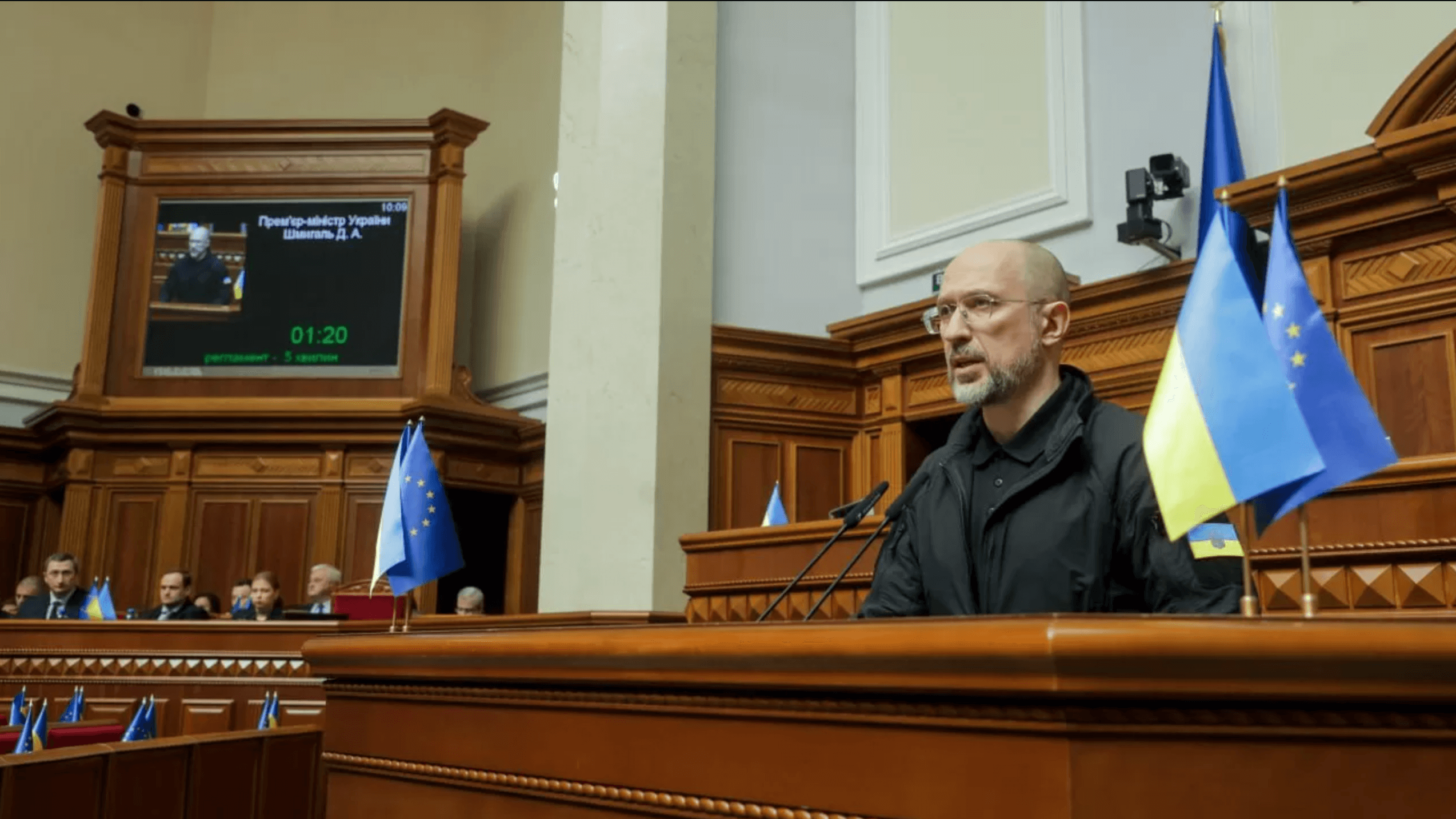Clusters, seen as drivers of economic growth, resulted in a worldwide policy fashion. Its application in Ukraine may facilitate industrial and economic strengths. A number of policy relatedactivities were implemented without getting desired results and outreach. This essay points at government failure as a possible cause, dealt in three-fold frame: incentives building, increasing availability of information, reducing aggregation incoherence.
Background to cluster policy
A “cluster” is a high concentration of interconnected cooperating and competing companies and other institutions from related industries/economic sectors in a specific geographic area (Ketels and Memedovic, 2008; Porter, 2009). In plain words, it is like an auto parking/ vendor space, where many similar cars but with various characteristics and from different manufacturers are gathered. With this in mind a cluster policy is a multitude of public-private activities towards cluster building aiming to exploit economies of scope, synergies or other positive effects.
Although economists still argue on clusters´ appropriate definition, there seems to be consensus on positive effects of clusters for territorial development, which is more and more supported by statistical evidence (Porter, 2007). Their main benefits are increased productivity, innovation and new businesses (Porter, 2009). The specifics of clusters is that by producing specific location related externalities they offer advantages, which can´t be created within a single company but are of their particular interest. E.g. Some externalities identified by, often called father of clusters, Marshall (1982) are pooling of specific labour resources, greater variety of specialized local/international goods and services and knowledge spillovers, which take place via formal and informal communication routes. The above advantages can also go beyond one cluster, and through synergies lead to the creation of the new one. This in turn creates unique local/ international competitive advantages strengthening cluster(s)/territories integration into global value chains (Porter, 2007).
Under favorable market conditions clusters grow by themselves. Yet Porter (2007) argues that clusters can also be created artificially. Considering this positive influence of clusters, many governments started designing programmes towards cluster development resulting in a world wide cluster policy fashion (OECD, 2007).
Different cluster policies exist, just like different kinds of clusters. As mentioned by Borrás (2008) policies may depend on the kind of participating institutions (public or only private), on initiator of policy activities (from top-down to bottom up) and on the objectives (increase number of enterprises or investment), etc. At the same time, Benner (2012) suggests that to distinguish the cluster policy from other policies, one should realize, that the main objective of policies activities is not a particular industry but rather a coherent mix of institutions, companies and services integrated into supply chain(s).
Despite the compelling feature of both cluster and cluster policy, in this essay, only the issues related to cluster policy administration/management with focus on Ukraine are raised.
Background to cluster policy in Ukraine
An important feature of clusters is that they are bounded to specific locations. At the same time the scale of these locations can be very different, from municipal to the supra national/international level. So does the cluster policy.
In Ukraine the agglomeration conditions for successful natural clusters exist on all levels, thus in this essay only national and sub-national (regional) levels are addressed. Clusters are usually seen through industrial/sectoral agglomerations measured based on number of companies or employees working in the cluster related sector(s). Yet it´s important to realize that the presented industrial agglomerations are only a pre-condition for well-established clusters. The latest should include the atmosphere of cooperation and competition between companies/institution (Porter, 2007). Only then clusters start producing/and using externalities positively influencing the territorial development.
Therefore, on the national level, as reflected in Graph 1 the agglomeration conditions for functioning clusters in e.g. oil and gas, farming/animal husbandry, construction, transportation and logistics can be mentioned.
Graph 1. Cluster mapping, Ukraine

Source: Author´s calculations based on data from European Cluster Observatory (data 2011) Note: width of the ball is the size of Ukrainian cluster in EU terms; the further the location of the ball from zero point (x & y lines), the bigger size of the respective cluster in Ukraine terms (measured per number of enterprises or employees).
On the regional level, as reflected in Graph 2 , the opportunities for clusters are seen for e.g. Agriculture in Cherkasy, Kirovohrad, Mykolaiv; Aerospace in Dnipropetrovsk and Zaporizhya; Biotech in Kyiv and Kharkiv; Footwear in Chernivtsy and Leather products in Zakarpattya.
Graph 2. Top 3 clusters per each Ukrainian region

Source: Author´s calculations based on data from European Cluster Observatory (data 2011) Note: horizontal line assesses the size of top 3 clusters for each region measured based on “specialization” rate (specialization rate indicated the importance of specific cluster in indicated region in relation to this cluster for total Ukraine, methodology as of European Cluster Observatory).
Considering the available agglomeration conditions in Ukraine the application of cluster policy could stimulate clusters´ growth facilitating territorial economic strengths.
Moreover, it´s worth reminding, that one of the assets of a cluster policy is in giving potential means to build-up an operational cluster even without yet existing industrial agglomeration, e.g. Saskatoon’s Biotechnology Cluster in Canada. On the basis of the University Saskatchewan (through extensive state funding in form of research based tax credit, manufacturing and processing profits investment tax reduction) the state managed to develop the cluster, so that the region is now recognized as a leading Canadian reference center for research and development in Biosciences (SREDA, 2016).
In light of the above, application of cluster policy in Ukraine could also stimulate regional and national industrial growth.
What has been already tried out in Ukraine?
Actually cluster policy is nothing new for Ukraine. The first cluster related activities go back to the end of 1990s. At the same time the number of “successful” cases is very low. In Table 2 some examples on initiated cluster policy activities on national and regional level are presented.
Table 1. Several examples of cluster policy related activities in Ukraine

Source: Author´s research
As shown in Table 2 some of the cluster policy activities go back to 1998. This would assume already almost 20 years of its potential implementation. At the same time, although, at the beginning these incentives produced some initial interest from business and policy makers, with time, only in few of the cases (the most prominent successful is IT cluster in Lviv) managed to reach desired objectives (like cluster growth and policy outreach) over a longer period of time. In addition, considering that since years established online portal on clusters and its policy (Ukrainian Clusters; developed by the team of Dr. Sokolenko), it seems that much more should have been already happening from practical side on clusters in Ukraine.
What is missing in the Ukrainian cluster policy?
In the light of the above the questions arise: why there is no national or regional wide cluster policy and what are the obstacles hindering its successful application/ outreach?
In the earlier work Konstantynova and Wilson (2014) listed the number of components, which presence along the whole process of cluster policy making (region- or nationwide) should lead towards strengthening policy management. Taking these components as central for policy management, it has been determined that the higher score per each component indicates higher level of cluster policy application and outreach.
To measure these components, the proxis indicators were taken from the Global Competitiveness Report 2015-2016. Although, the Ukrainian National Competitiveness Index could also have been applied with even having a more regional perspective, it was assumed that the Global one had more recent data, indicated similar nationwide trend as for regions and enabled an international comparison as well.
This led to setting five indicator groups related to the above mentioned components: 1 – People (long term commitment and knowledge), 2 – Trust (trust between actors), 3 – Collaboration (network for communication & joint participation of government, research and business), 4 – Policy 1 (strong government), 5 – Policy 2 (political stability and support).
Graph 3 presents the results. Ukraine has low scores in most of the categories. The best performance is observed for (1) People and (3) Collaboration, but only in reference to business and partially to research institutions/ universities. The lowest rates are associated with government performance, trust and transparency in communication.
Building on the results, the argument on government failure (Keech, R. W.; Munger, M. C.; Simon, C., 2012) as one of the reasons behind low application and outreach (management) of cluster policy in Ukraine is raised.
Graph 3. Main cluster policy components: indicators Ukraine and maximum reached (indicating the country) in respective category

Source: Author´s research based on Global Competitiveness Report 2015-2016. Note: points score: max 7 (best) – min 1 (worst); country codes: SGP – Singapore, CHE – Switzerland, FIN – Finland, QAT – Qatar, JPN – Japan, IRL – Ireland, ARE – United Arab Emirates
What are the possible ways forward?
What could be potential solutions enhancing cluster policy application and outreach (management) in Ukraine? Taking the above presented argument on government failure, addressing it could be one of the potential resolutions. Following the initiated discussion of Keech, R. W., Munger, M. C. and Simon, C. (2012) the solutions to the government failure may primarily lie within following three areas: 1) incentives building, 2) assuring availability of information and 3) adjusting incoherent aggregation and arbitrariness (Table 2).
Table 2. Areas of action addressing government failure in Ukraine

Source: Author´s research
Conclusions
While puzzling behind low application and outreach (management) of cluster policies in Ukraine, the argument on the government failure has been raised. In this view, the central recommendation proposed was to resolve it through three main areas: incentives building, assuring availability and flow of information, and adjust power distribution and resource allocation on national and sub-nation levels.
The winner of MindSketch February Competition
References
[1] Borrás, S. (2008): Cluster policies in Europe: firms, institutions and governance. Cheltenham: Edward Elgar.
[2] Boyko, T.; Chukhay, A.; Dmytriuk, N; Goncharenko, I.; Kovalenko, V.; Podvysotska, T. (2013): Ukrainian National Competitiveness Report 2013 – Reports – The Foundation for Effective Governance
[3] Keech, R. William; Munger, Michael C.; Simon, C. (2012). Market Failure and Government Failure. In Public Choice World Congress. Miami.
[4] Ketels, C. H.M.; Memedovic, O. (2008). From clusters to cluster-based economic development. International Journal Technological Learning, Innovation and Development, 1(3), 375–392.
[5] Konstantynova, A.; Wilson, J. R. (2014). Comparing Cluster Policies: An Analytical Framework – Orkestra Instituto Vasco de Competitividad (Orkestra Working Paper No. 2014-R01).
[6] Marshall, A. (1982): Principles of Economics. Philadelphia: Porcupine Press.
[7] OECD (2007). Competitive Cluster Policies: National Policy Approaches. France.
[8] Porter, M. E. (2009). Clusters and the new economics of competition. Innovation and Entrepreneurship.
[9] Porter , M. E. (2007): Clusters and Economic Policy: Aligning Public Policy with the New Economics of Competition. ISC White Papers. Harvard Business School. Rev. 10/27/09.
[10] Schwab, K.; Sala-i-Martin, X.; Semans, R.; Blanke, J. (2015). Global Competitiveness Report 2015-2016 – Reports – World Economic Forum. Geneva.
[11] SREDA Saskatoon Regional Economic Development Authority (2016). Homepage
Attention
The author doesn`t work for, consult to, own shares in or receive funding from any company or organization that would benefit from this article, and have no relevant affiliations



